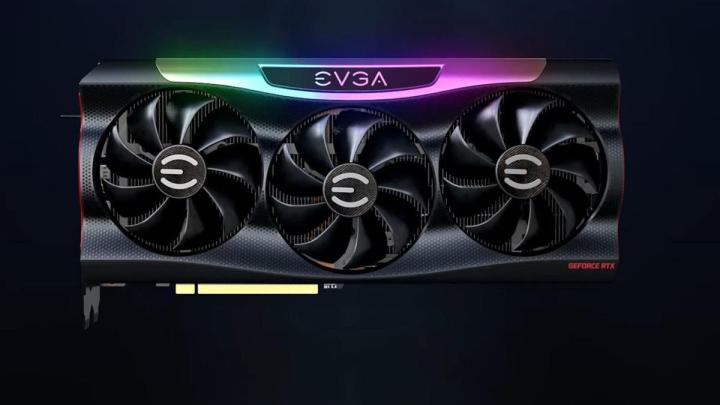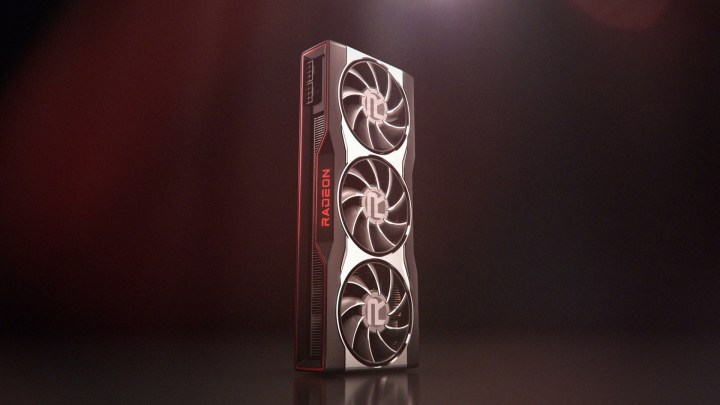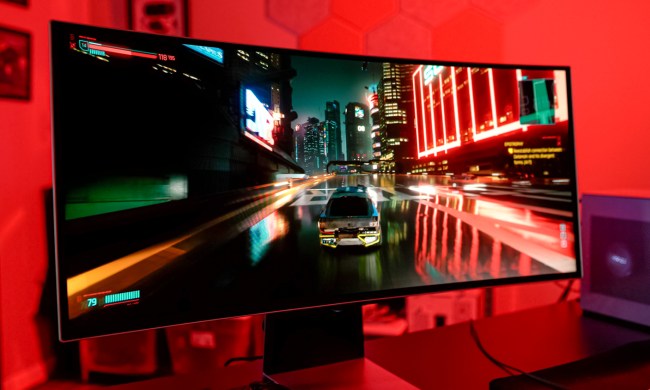Think the the graphics card shortage is finally looking up? Unfortunately, the latest reports from 3DCenter show not just another large spike in pricing, but also a decrease in GPU availability.
The shortage has left many aspiring PC builders wondering if they will ever be able to get a new GPU at a normal price. The last few months have brought with them some good news that implied the situation was improving, but that seems to already be reversing.

The GPU situation over the past few months has resembled a ride on a roller coaster. Website 3DCenter.org has been releasing regular reports about the state of the graphics cards market in Germany. Although there are pricing differences between countries, these reports are still a good indication of the worldwide market.
As recently as in May of this year, German graphics card prices were at an all-time high, in some cases selling for up to 304% of the card’s MSRP. As availability and price are closely tied, it was also difficult to get one of the best graphics cards back in May. Releases were scarce and sold out quickly.
Reports from June and July were much more encouraging. Thanks to a number of factors, such as the ebb and flow of the cryptocurrency market, the GPU supplies went up while the prices went down. At that time, 3DCenter recorded a price drop of 45% for Nvidia cards and 28% for AMD cards combined with an almost 300% increase in availability. This gave hope to PC builders worldwide and seemed to bode well for the future.
Unfortunately, the upward trend seems to have ended. The most recent 3DCenter report on August 29 showed both an increase in pricing and a drop in availability. Average prices of graphics cards in Germany have gone up by 10%, and this applies to both Nvidia and AMD. This means that on average, cards are now selling at a price 70% higher than their MSRP.
According to the report, if this rise continues, we can expect to see graphics cards priced at twice the MSRP by the beginning of the fourth quarter of 2021. The prices have been high all along, but we are now — once again — climbing up to extremely overpriced territory.

With the market in shambles, many are left with no good options when it comes to buying a new graphics card. Looking to the future also paints an uncertain picture. Jensen Huang, the CEO of Nvidia, said in August that the chip shortage may continue well into 2022.
Intel, on the other hand, is looking even further into the future for the shortage to be resolved.
Maurits Tichelman, the vice president of sales and marketing for Intel, said the following in an interview with Guru3D: “Even in 2022, the availability of certain products will not be optimal. In 2023, we will have this on track and the shortages will be over.”
As the GPU shortage continues, the only options that remain are buying cards well above their MSRP or waiting for an improvement in the situation. With upcoming new releases such as Nvidia’s Ada Lovelace coming sometime next year, it’s possible that the current generation of cards will never be sold at a reasonable price.




